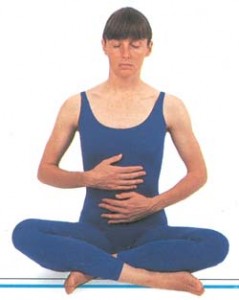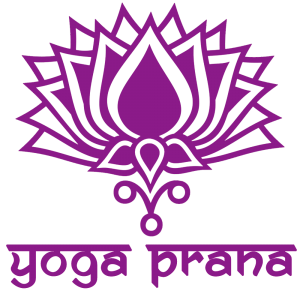Pranayam (also spelled Pranayama) is an ancient practice concerned with breath control. Research has shown that practicing Pranayama can relieve symptoms of asthma. It is also beneficial in treating stress related disorders, such as anxiety and depression. Pranayama aims at bringing the involuntary functions of the respiratory mechanism within human control. The term pranayama has been constituted by two words: Prana + Ayama. Prana is the vital force which pervades the whole cosmos. Prana is more subtle than air and can be defined as the energy essence that is within everything in the universe. Prana is the principle of development and sustenance both of the nervous and cellular tissues of the body and the mind.
In the process of breathing when the prana air is inhaled, definite action takes place. One is related to the ingestion of oxygen into the alveoli and the other to the ingestion of the nervous energy into the brain system.
Ayama means to control or to give a rhythm or a definite flow. In this sense Pranayama may be defined as a process and technique through which vital energy can be stimulated and increased: and this brings about perfect control over the flow of Prana within the body.
Pranayama is an exact science. Regulation of breathing, as a matter of fact, is natural. It hardly offers any scope of artificiality. The breath enters through the nose and depending on ones general health and strength of the lungs; it is retained inside and then is exhaled. This natural condition of intake and outflow of the breath goes on continuously and it is on this process that human life depends. The difference between this natural process and the ‘Pranayama’ is that in the former the inhalation and exhalation is not necessarily connected with the mind ; that process continues owing to the natural functioning of the heart and lungs. The inhalation and the exhalation are, hence, not of any set duration. In some person the inhalation may take a longer time than the exhalation and in some others the opposite may occur. In Pranayama, however, there is a systematic regulation of both the inhalation and exhalation. This is for the reason that the mind is joined to the action of inhalation and exhalation known as Puraka and Rechaka respectively in practicing the Pranayama. Hence their longer and shorter duration within a specified time has to be controlled. The result of this controlled inhalation and exhalation, both in respect of speed and time has a mere beneficial effect on the mind and the body than that of the natural process. Most of us who largely depend on the natural process will derive immense benefit on falling ill by controlled inhalation and exhalation. Such person should inhale slowly and exhale equally slowly in the beginning for 5 to 10 times depending on their strength and continue doing this morning and evening for 25 to 30 day. The natural inhalation is hence called “SWASHANA” or breathing and that inhalation and exhalation which is done extending time limit by applying the power of mind is called “DEERGHASWASHANA” or Pranayama.


